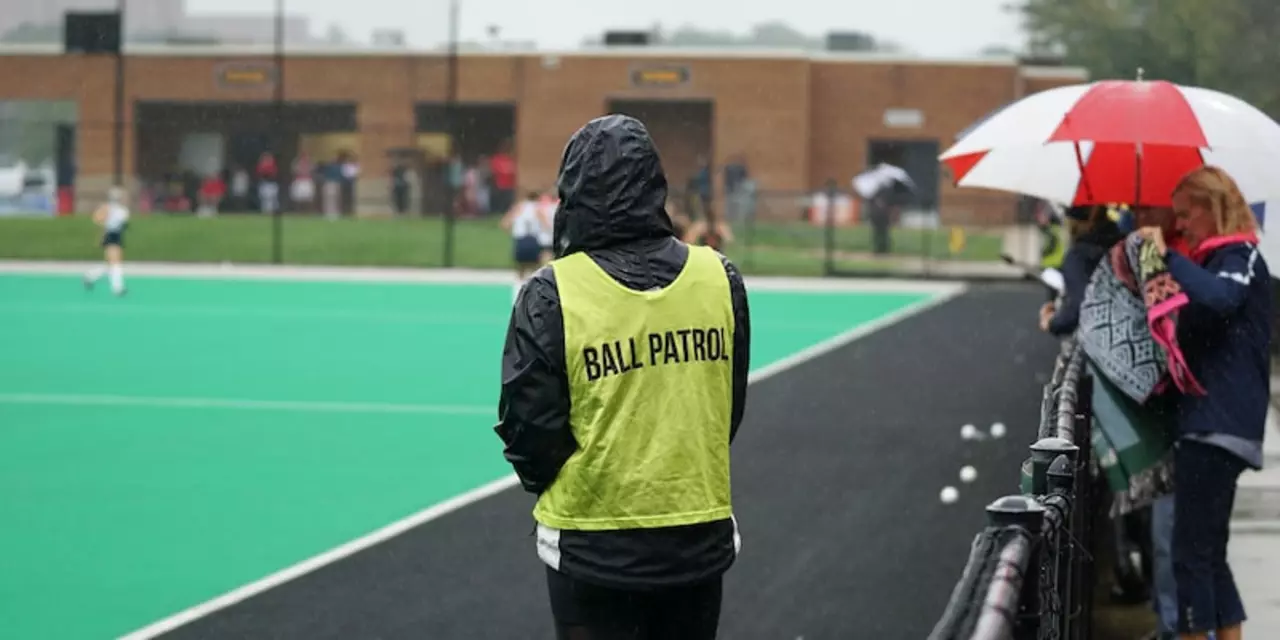Hockey is a fast-paced and thrilling sport that requires strict rules and regulations to ensure fair play. Referees are essential to the game, as they are responsible for making sure that rules are followed and that players, coaches, and spectators behave accordingly. But how many referees are there in the field of hockey?
There are three types of referees who are typically found in the sport of hockey. The first type of referee is the on-ice official, or referee. This referee is responsible for calling penalties, stopping and starting the game, and making sure that the rules of the game are followed. The second type of referee is the linesman, who is responsible for making sure that the offsides and icing rules are followed and for breaking up fights. The third type of referee is the goal judge, who is responsible for signaling when a goal is scored and for ruling whether or not a goal was made in accordance with the rules.
In addition to the three main types of referees, there are also several additional positions that may be filled by referees depending on the level of hockey being played. These include the timekeeper, who is responsible for keeping track of time and penalties; the penalty timekeeper, who is responsible for keeping track of each team’s penalty time; and the game supervisor, who is responsible for overseeing the entire game. All of these additional positions are important to ensure that the game is played fairly and that the rules are followed.
In total, there are at least six different types of referees in the field of hockey. Each of these referees is essential to the game and plays an important role in ensuring that the rules are followed and that the game is conducted in a safe and fair manner. As such, it is important that all referees are properly trained in order to ensure that they are able to effectively carry out their duties.
Hockey is a sport that is enjoyed around the world, and referees are an integral part of the game. Referees officiate matches and enforce the rules of the game. The number of referees in hockey depends on the level of the game being played, ranging from amateur to professional. All referees must meet certain qualifications in order to be able to officiate hockey games.
At the amateur level, referees must be trained and certified by the organization that oversees the game. This can vary from region to region, but typically includes a written test and an on-ice evaluation. In some cases, referees may need to complete additional training and certification before they can officiate in higher levels of play.
In order to become an NHL referee, an individual must first pass a comprehensive evaluation. This includes an in-person interview, an on-ice evaluation, and a written test. Once they have passed the evaluation, they must complete a training program, which includes attending seminars, taking courses, and observing professional games. Upon completion of the training program, referees are eligible to officiate NHL games.
In addition to the qualifications needed to become a referee at the NHL level, referees must also demonstrate a high level of physical fitness. Referees must be able to skate at a high level and must have the endurance to keep up with the fast pace of the game. Referees also need to have good communication skills in order to be able to effectively communicate with players and coaches.
Overall, the number of referees in hockey depends on the level of play. Amateur referees typically only need to meet basic qualifications, while referees at the professional level must go through a more rigorous process. However, all referees must demonstrate a high level of physical fitness and communication skills in order to be successful in their job.
